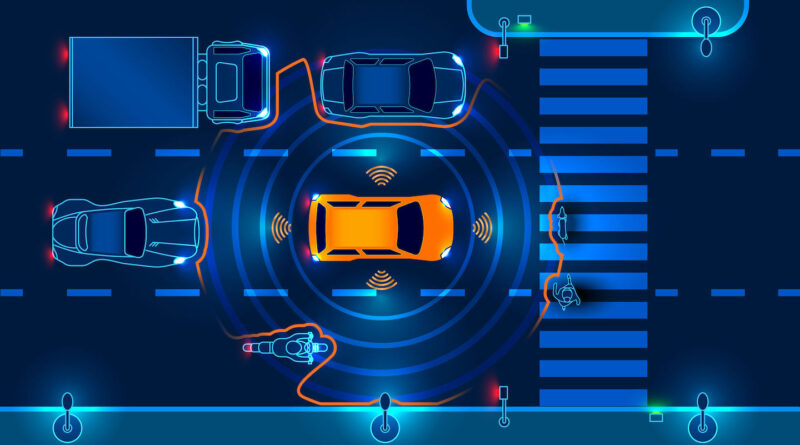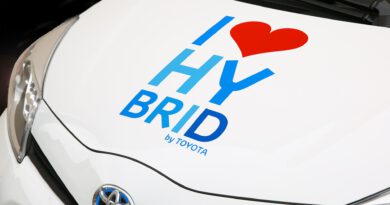The Autonomous driving future – challenging times for OEMs and suppliers
Automotive value chains will heavily change in the future. The part of the industry that‘s foreseeing better times is calling it „transformation“. Others are talking about „disruption“. What‘s happening that will lead to this tremendous change?
Today, the Automotive OEMs are leading the automotive game. With their dealer organizations, they are customer facing and are owning nearly 100% of the customer experience and the biggest portion of the margins. On the other hand, they have a lot of market power on the supply side and are most of the time defining the rules of the game and the technologies to be used. This position is now attacked from both sides, looking at the industry‘s digitalization and the technology changes coming with autonomous driving. While major tech companies and startups are entering the market and trying to claim technological supremacy in the technology for autonomous driving (AD), mobility service providers are challenging the OEMs’ customer facing position.
What can OEMs do, if the still want to dominate technology (also on autonomous driving)? How can they still remain the most important players towards customer experience? And who is owning the data of autonomous vehicles?
End-to-end: The Tesla way
Just to say this first: the Tesla way won’t be an option for many players in the industry. But it may end up with Tesla having less challenges than others looking at upcoming Automotive disruptions. What’s different with Tesla? Tesla was aiming at a full vertical integration during the last years: they own most of their contained technology, did program their own software and have the sales organization fully integrated already, announcing to also run automated driving fleets when the time will come. So they reduced their dependence from single vendors on the supply side and from mobility service providers and fleet customers on the client side. When it comes to data, their world is easy: data belongs to Tesla.
Options for OEMs – how to tackle the revolution?
As said, two different challenges have to be considered toward autonomous driving. It‘s easier if we separate both and look at one after the other. So let’s start with the supply side first: The question here is who will dominate and define the future technology. Will it still be the OEMs (as today for most parts of the vehicle) or will it be tech companies that provide the software and with it most of the engineering work towards autonomous driving? It’s definitely no option for an OEM not to be involved at all in this, so two alternatives remain: one option ist to take over control about the whole technology stack and the second one is to – at least – operate am open platform that defines the rules for others to integrate with it. Standardizing like this will help to avoid vendor lock-ins and dependencies. But will that be enough?
Let’s change perspective and look at the market side and mobility services. Analysts all over the world are sure that their benefits and their use will heavily increase as soon as autonomous driving on a level 4/5 (= without a driver) is available on the markets. The reason is, that at that point, drivers won’t be needed anymore and this makes business models much cheaper and way more flexible. If tech companies are controlling the supply side and the data, how should an OEM manage to be more successful with services than they are (with even providing digital services as their core business). Doesn’t seem very promising scenario to concentrate on this side only.
Autonomous driving probably will be key for mobility services, as vehicle utilization rates will massively increase when drivers won’t be relevant any more. For a full stack company that dominates the autonomous driving stack, it could also be reasonable to become a shared mobility services company. With self-driving cars, the customer-facing mobility service providers will gain a powerful position since they will experience network effects and capture the majority of the value per distance. Until maybe later in time, the technology becomes commoditized. Becoming both the leading technology and mobility provider is the strategy of Waymo for example, the autonomous driving company of Alphabet (who is also owning Google).
What about suppliers?
Looking at Automotive suppliers, autonomous driving is offering them lots of opportunities – and suppliers will play a key role in technology development, as the upcoming challenges and the needed developments will be far too big for the OEMs only.
Some suppliers working on key technologies for autonomous driving will even become much more powerful that today. And that‘s valid for both: big TIER-1 suppliers like Continental, Bosch or ZF and specialist technology TIER-2 providers like Mobileye or other sensor system manufacturers. The first ones meanwhile can collect their systems and capabilities to own more of the core knowledge than the OEMs do; and the smaller expert boutiques often are able to create vendor lock-in situations as their clients require special products for their systems.
In the end, the main question will be about data, data ownership and monetization of data with the right business model. Today, the OEMs are owning the customer interface and therefore also have access most data. Will they be willing to change that? Not really. But probably they won’t be able to bring autonomous driving to life alone and will need partners. This ist the point, where tech companies, software suppliers and those suppliers who deliver the needed technology stack should look at. It‘s their chance for future differentiators and future market success.
Conclusion
Autonomous driving will completely change automotive business models and value chains. Mobility services will (after years and years) finally become successful and tech providers will take over bigger parts of the margins. OEMs and suppliers need to re-think their business models towards the software driven technology stack, required sensor systems and the question of how they can get ownership of data in this context. Only, then future market success seems to be able on top of just being a commodity manufacturer (of parts or even of a vehicle).




